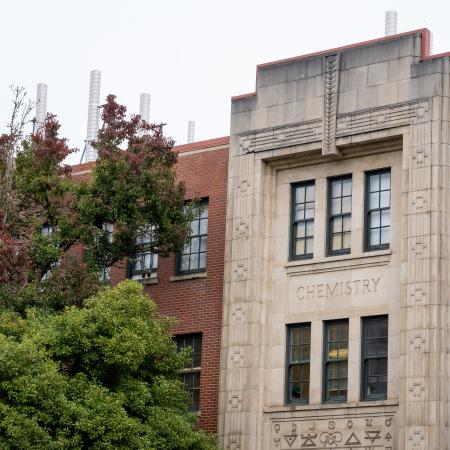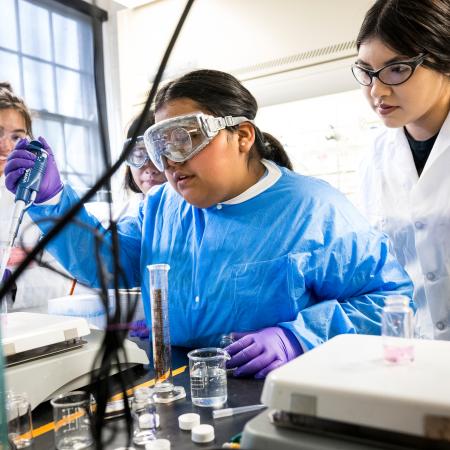Materials chemist Mas Subramanian who made history a decade ago with the accidental discovery of the first new blue inorganic pigment in more than two centuries is again pushing forward the science of color.
Analyzing the crystal structure of pigments based on hibonite, a mineral found in meteorites, Subramanian has paved the way toward designing more pigments that are stable, durable and non-toxic with vivid hues. Findings from the study, supported by the National Science Foundation, were published in the American Chemical Society journal, ACS OMEGA.
Subramanian and his team discovered YInMn blue in 2009 when they were experimenting with new materials that could be used in electronics applications. “We got lucky the first time with YInMn blue, and now we have come up with some design principles,” Subramanian said.
Through much of recorded human history, people around the world have sought inorganic compounds that could be used to paint things blue, often with limited success. Most had environmental or durability issues.
“Most pigments are discovered by chance,” Subramanian said. “The reason is because the origin of the color of a material depends not only on the chemical composition, but also on the intricate arrangement of atoms in the crystal structure. So someone has to make the material first, then study its crystal structure thoroughly to explain the color.”
Before YInMn blue, the last blue discovery was cobalt aluminum oxide-based blue, synthesized by a French chemist in 1802. Cobalt blue remains a dominant commercial pigment because of its intensity of color, ease of synthesis and wide applicability. Its production, however, requires a significant amount of a cobalt ion, Co2+, that’s hazardous to both humans and the environment.





